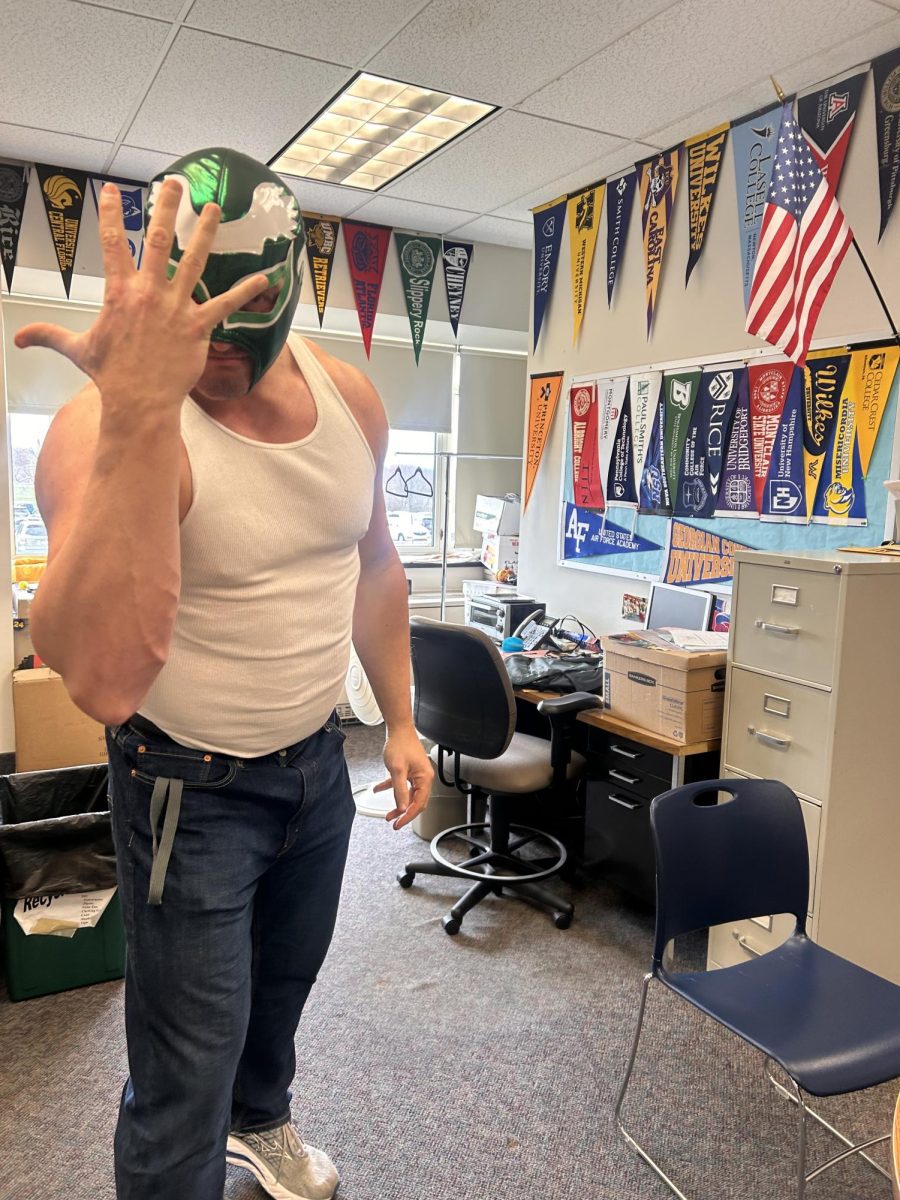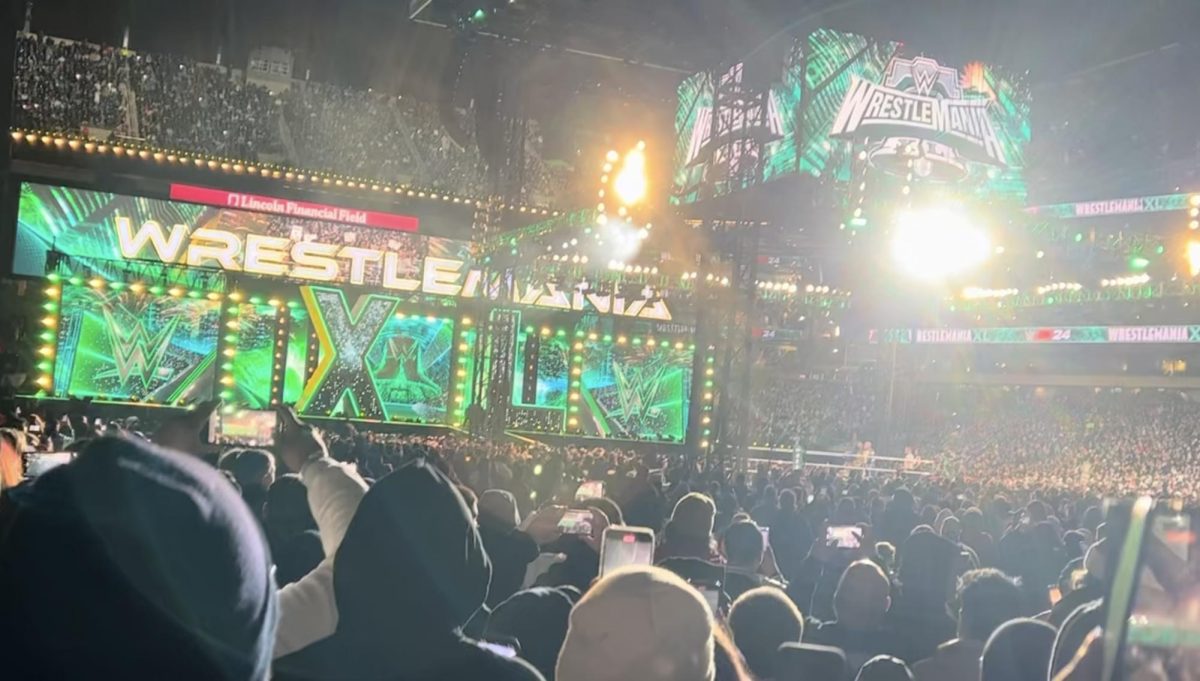Orders, actions, and control: Facing the gun debate in America
January 13, 2016
Despite the turmoil of war and threat of secession, President Lincoln firmly promised citizens that their government would forever remain for the people and by the people, in what would become known as the Gettysburg Address. Lincoln accomplished an admirable thing that day in November, by standing before the wearied and worried masses. He could’ve cried with them, could’ve pointed out every flaw in war and government alike… He could’ve given up. But he didn’t, instead telling the crowd the integrity of the government would stand as long as the people’s.
But it’s clear from President Obama’s tears during the CNN town hall meeting about his new plan regarding gun control on January 7th that he has given up on humanity. He doesn’t trust you, or me, or Congress, or the Senate to figure out what is best for our country. Thus the introduction of executive action.
However, it is important to note the difference between an executive action and an executive order because the two really cannot be used interchangeably. An executive order is legally binding, and though technically they can be reversed by the courts and Congress, it’s extremely difficult. No one wants to challenge the President. Executive actions, on the other hand, are vague, encompassing anything the Presidents tells Congress to do. This can be dangerous, as they’re much more susceptible to changing or being expunged from the record because they were never really recorded in the first place. Who’s to say an executive action isn’t a step closer to an executive order?
There are twenty-three steps to Obama’s plan to reduce gun violence, but the major points can be broken into four pieces:
1. Heighten the standards of background checks. Anyone buying a gun, regardless of where he or she buys it, and anyone in the business of selling firearms must go through an extensive background check in order to be cleared or receive a license to sell. States will be encouraged to share the results with the federal government.
2. Ban the sales of military assault weapons and restrict magazine capacity to ten rounds.
3. Increase mental health treatment and awareness. The Obama Administration is proposing a $500 million investment to implement this plan.
4. Focus on gun safety technology.
On paper, Obama’s proposed actions seem noninvasive and even beneficial. After all, who wouldn’t support an increased awareness about the taboo subject of mental health issues? Finally closing that Gun Show Loophole, through which people can purchase guns at a gun show without background checks, should mean that citizens can sleep safer. The world’s innate desire to be like James Bond would be satisfied when the tech to unlock safety triggers makes it accessible through finger prints.
But politics are never quite that simple. It is true that America leads the world in homicides committed by firearms according to a graph from the Global Burden of Disease (GBD). What is also true is that while a large part of the data presented looks compelling, it relies heavily on correlation. Causation is not a factor here – which means that just because the amount of guns in the U.S. and the amount of deaths look to be related, it’s doesn’t mean the numbers necessarily are. In other words, is gun violence really affected by gun control? The people most directly affected by gun control laws are law-abiding citizens, though most graphs on the internet do not differentiate between legal and illegally obtained weapons. Chances are that the people who took the time to legally exercise their right to own a gun have no intentions of breaking future laws.
Hence the problem with increased background checks – they will most likely only be as effective as the ones in place now. Obama wants to cast a wider net, but really he’s tightening the noose. Just last week, Philadelphia police officer Jesse Hartnett was shot in his vehicle, a situation which Mayor Jim Kenney used to lament the widespread gun violence in the city. By jumping on the bandwagon, Mayor Kenney missed his opportunity to give Obama’s campaign a fresh, new voice. The gun used in shooting Officer Hartnett was stolen from the home of a different police officer, but curiously enough there is no outcry for stronger penalties against criminal behavior like breaking and entering or theft. Instead the focus is on creating more laws for the bad guys to break. The only difference with gun control is that now there’s even a hindrance on the good guys. Everyone knows one can’t bring a knife to a gunfight and expect to win.
This feeds into the concern about limiting magazine clips to ten rounds. Owning a gun in this country, as it stands now, is a right and not a privilege. Citizens also deserve the right to protect themselves, which, aside from hunting, is one of the top reasons behind firearm purchases. The Glock 17 is currently one of the most popular handguns in America, and it holds up to seventeen rounds. So how did the government decide that ten was the optimum number for self-defense? It begs the question of how safe the President would feel if Secret Service were only to carry ten rounds each. Surely they too, as Americans, must abide by the same laws as everyone else.
But what about the people who aren’t like everyone else? Also part of Obama’s plan for reducing gun violence is the inclusion of mental illness screenings along with increased funding for treatment. Alone, these particular actions appear to be a step in the right direction, but in order to grant them validity as preventative measures, something more has to be done with all of the information collected. Just as states will be encouraged to share their lists of registered gun owners, doctors especially will be strongly persuaded to share their findings with the government. From here begins a slippery slope of what constitutes as mentally-ill. Will a person with OCD face the same restrictions when trying to buy a gun as a person with mild schizophrenia? Perhaps the most terrifying part is that once the government has access to these records, a person could be barred from purchasing a firearm without ever knowing why. What if the doctor misdiagnosed? What if he or she holds a grudge against a patient? The White House doesn’t exactly maintain an open door policy when it comes to direct explanations.
Speaking of direct explanations, it would be interesting to know from just where exactly the funding for gun safety technology will come. In a country almost $19 trillion in debt, it seems pointless to put money and energy into project that would give weapons the technology of an iPhone. The concept of smarter guns is not a bad idea in theory. In fact, it’s innovative, and could quite possibly become a real part of the future. But that’s just it – the time necessary for a project of this scale needs to be won, or rewarded, for a job well done. So far, though, the attempt to reduce gun violence has been less than satisfactory. Sometimes it’s more important to focus on the problems at hand than to create new ones.
But control, overall, is an illusion. Whether it is gun control in the form of executive action, or government control in the form of executive orders, it is the citizens of America that truly decide the fate of this country. President Obama’s intentions come from a good place, but any self-respecting citizen ought to be upset by the fact he thinks only one man knows what’s best. The Second Amendment is a right, and while sometimes it’s necessary for the government to acknowledge the changing times, the right to bear arms and the right to protect should never be considered transient.










Scott Vogel • Jan 16, 2016 at 3:59 am
Kate, I think you did a very good job on this piece. The depth with which you plunged into in this article was refreshing, as most people only see the obvious truth of gun violence: “well, guns are involved, so if I were going to reduce fatalities at the hands of firearms, I would make gun control a top priority!”
What you said about the second amendment is not only correct, but often overlooked — it is your right to bear arms in this country, meaning it is not up for debate at all. As Governor Christie said the other night in the Republican debate, “there is a reason the right to bear arms is 2nd in the last of amendments. It’s not as if the founding fathers pulled them all out of a hat.”
Anyway, I digress from my little diatribe to commend you for your mechanics as well. Using Lincoln and the Gettysburg Address is a good parable for your subject, as is Officer Hartnett’s tragic shooting. Keep up the good work!
PS – hello to Steph, Madi, Kee, Manero, and I guess even Beide. Tell K Kratz I want to get a donut if I stop by to visit this semester!